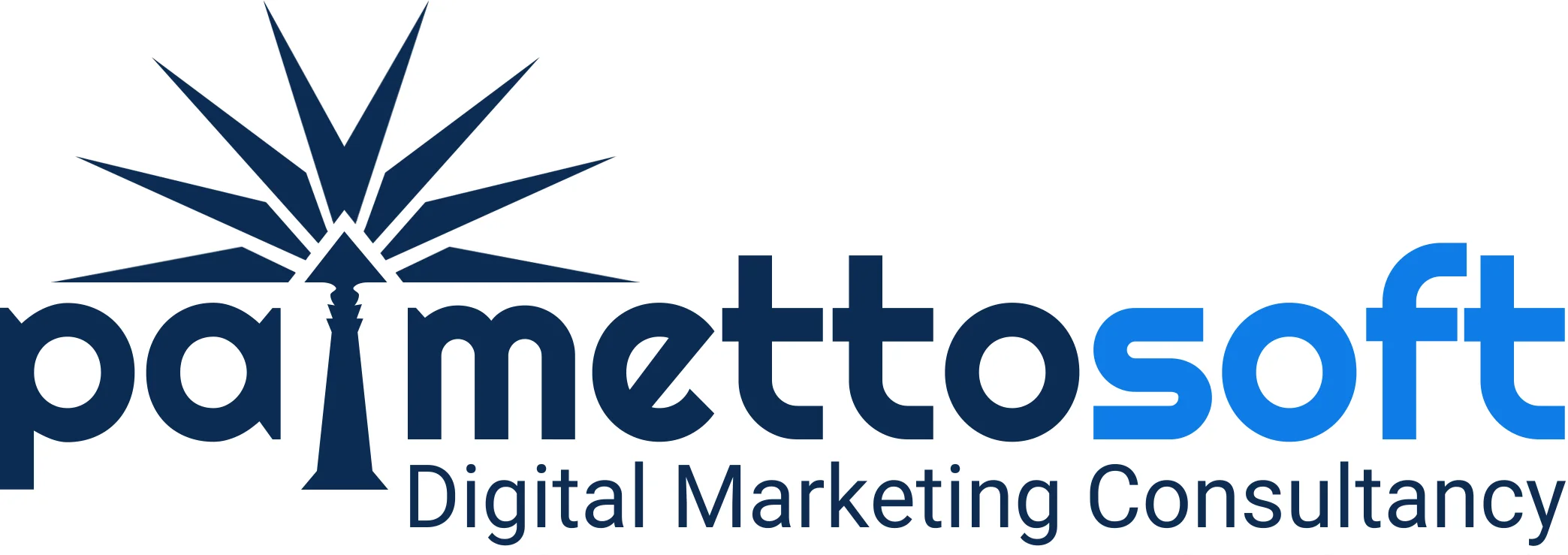The web design process is a journey that involves multiple steps, each crucial to the success of the final product. As we near the end of this journey, step nine—prototyping—emerges as a key stage that brings together all the previous work and sets the stage for the final product. Prototyping is more than just a test run; it’s an essential phase that allows designers, developers, and stakeholders to interact with a near-final version of the website before it goes live. In this blog post, we’ll explore the prototyping phase in detail, discussing its importance, how it differs from other stages, the tools involved, and best practices to ensure your prototype serves as an effective bridge to the finished site.
What is a Prototype?
A prototype in web design is a high-fidelity, interactive model of the website. Unlike static mockups or wireframes, a prototype allows users to interact with the design elements as if they were navigating the actual website. This interaction includes clicking buttons, navigating menus, and even filling out forms. The goal of prototyping is to simulate the user experience and identify any potential issues in the design or functionality before the site moves into the final development phase.
The Role of Prototyping in the Web Design Process
Prototyping serves several critical functions in the web design process:
1. User Experience Validation:
Prototypes allow designers to test the user interface (UI) and user experience (UX) in a realistic setting. This is crucial for identifying any usability issues, such as confusing navigation, unclear call-to-action buttons, or frustrating user flows. By interacting with the prototype, designers can gather valuable feedback and make necessary adjustments to improve the overall experience.
2. Stakeholder Feedback:
A prototype provides stakeholders with a tangible version of the website to review and interact with. This is especially useful for clients who may have difficulty visualizing the final product from static images or wireframes. Prototypes enable stakeholders to provide more informed feedback, helping to align the project with their expectations and requirements.
3. Testing Interactions and Functionality:
Prototyping is not just about visual design; it also involves testing the functionality of interactive elements. This includes checking whether buttons lead to the correct pages, forms submit data properly, and animations enhance rather than detract from the user experience. Prototypes can help identify technical issues early on, saving time and resources during the final development stage.
4. Refining Design Details:
A prototype gives designers the opportunity to refine the finer details of the website, such as transitions, animations, and microinteractions. These elements, while subtle, can significantly impact the user experience and are often best tested in a dynamic, interactive setting.
Key Components of an Effective Prototype
Creating an effective prototype involves more than just replicating the final design. It requires careful consideration of various components to ensure that the prototype serves its purpose:
1. Interactivity:
The key feature of a prototype is its interactivity. Users should be able to click, scroll, and navigate through the website as they would with the final product. This interactivity helps simulate the actual user experience and provides valuable insights into how the site will perform.
2. High Fidelity Design:
While prototypes don’t necessarily need to include all the final content, they should be visually close to the finished product. This includes using the correct color schemes, typography, images, and layout. A high-fidelity prototype gives stakeholders a realistic preview of the final design.
3. Responsive Design:
In today’s multi-device world, it’s essential that prototypes are responsive. This means they should adapt to different screen sizes, from desktops to smartphones. Ensuring that your prototype is responsive allows you to test how the design will perform across various devices.
4. Usability Testing Integration:
Prototypes should be designed with usability testing in mind. This means including key user flows and interactions that will be tested to gather feedback. The prototype should cover all the main functionalities of the website, allowing for comprehensive testing.
Tools for Prototyping
Several tools are available for creating prototypes, each with its own strengths and features. Here are some of the most commonly used tools in web design:
1. Adobe XD:
Adobe XD is a powerful tool for creating interactive prototypes. It allows designers to create high-fidelity prototypes with ease, incorporating animations, transitions, and user flows. Adobe XD is particularly well-suited for prototyping complex websites and applications.
2. Figma:
Figma is a collaborative design tool that allows multiple users to work on a prototype simultaneously. It’s cloud-based, making it easy to share prototypes with clients and gather feedback in real-time. Figma is known for its intuitive interface and strong prototyping capabilities.
3. InVision:
InVision is a popular tool for creating clickable prototypes. It allows designers to link together static mockups and add interactivity, making it a great option for quickly turning designs into prototypes. InVision also offers features for gathering feedback and making revisions.
4. Axure RP:
Axure RP is a robust tool that offers advanced prototyping features, including conditional logic, dynamic content, and data-driven interactions. It’s ideal for creating complex, highly interactive prototypes that require more than just basic click-through functionality.
Best Practices for the Prototyping Phase
To ensure that your prototyping phase is effective and productive, consider the following best practices:
1. Start with a Clear Plan:
Before you begin creating your prototype, have a clear plan in place. Know what you want to test, which interactions are most important, and what feedback you need from stakeholders. A well-defined plan helps ensure that your prototype is focused and efficient.
2. Involve Stakeholders Early:
Don’t wait until the prototype is complete to involve stakeholders. Engage them early in the process to gather feedback and ensure that the design meets their expectations. Early involvement also helps prevent major revisions later on.
3. Focus on Key Interactions:
While it might be tempting to prototype every possible interaction, focus on the most critical ones. Identify the key user flows and interactions that will have the most significant impact on the user experience and prioritize those in your prototype.
4. Iterate Based on Feedback:
Prototyping is an iterative process. Use feedback from usability testing and stakeholder reviews to refine and improve the prototype. Each iteration should bring you closer to the final product, with fewer issues and a more polished design.
5. Test Across Devices:
Make sure to test your prototype on various devices and browsers. This helps identify any issues with responsiveness or compatibility that could affect the final user experience.
Conclusion
Prototyping is a critical step in the web design process, serving as the bridge between design and development. By creating an interactive, high-fidelity model of the website, designers can test user interactions, gather valuable feedback, and refine the design before moving into the final development phase. Using the right tools and following best practices ensures that your prototype is effective, helping to bring the project closer to a successful launch. Whether you’re designing a simple website or a complex application, investing time in prototyping is essential for creating a product that meets user needs and exceeds stakeholder expectations.
Related Posts:
Web Design Process: Gathering Requirements
Web Design Process: Crafting the Proposal
Web Design Process: Crafting an Effective Navigation Summary
Web Design Process: The Importance of Wireframing
Web Design Process: The Importance of Content Collection
Web Design Process: Mastering Mockup Design
Web Design Process: Navigating the Development Phase
Web Design Process: The Importance of Rigorous Testing
Web Design Process: Successfully Launching Your Website









